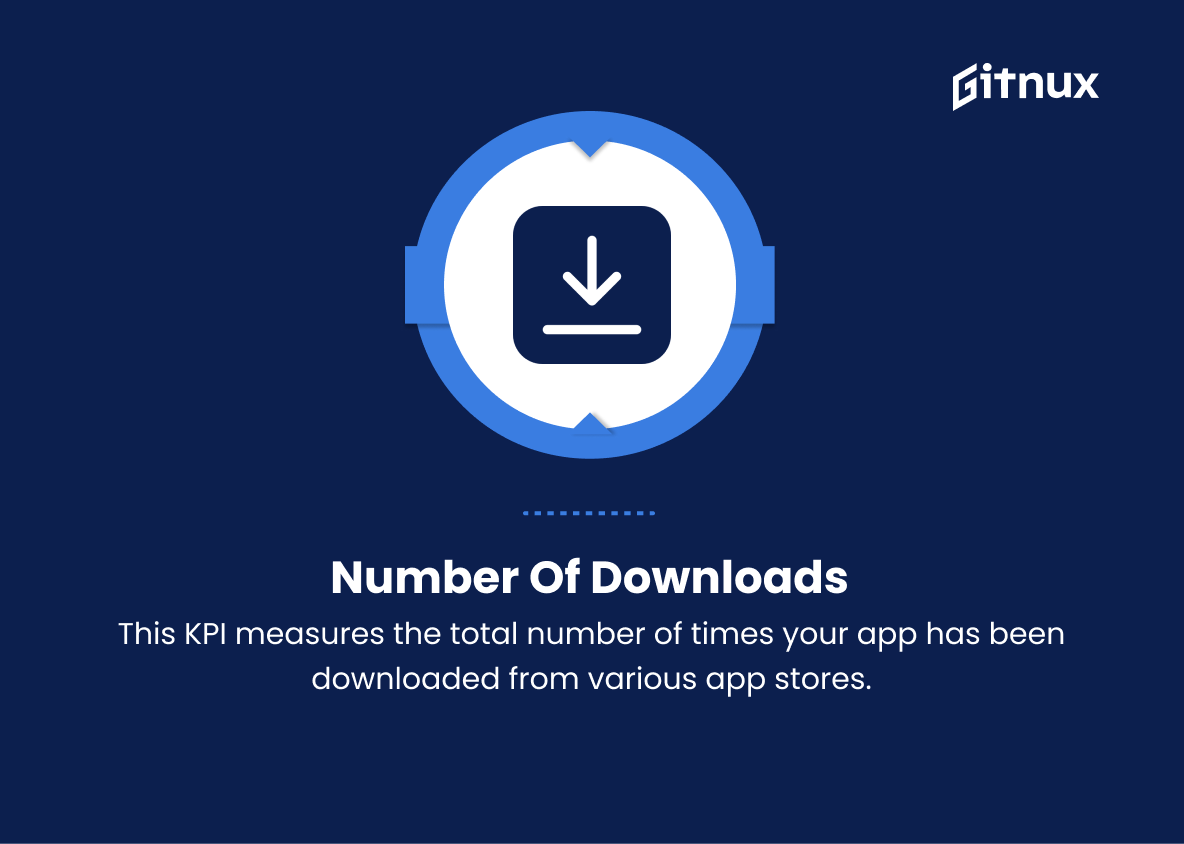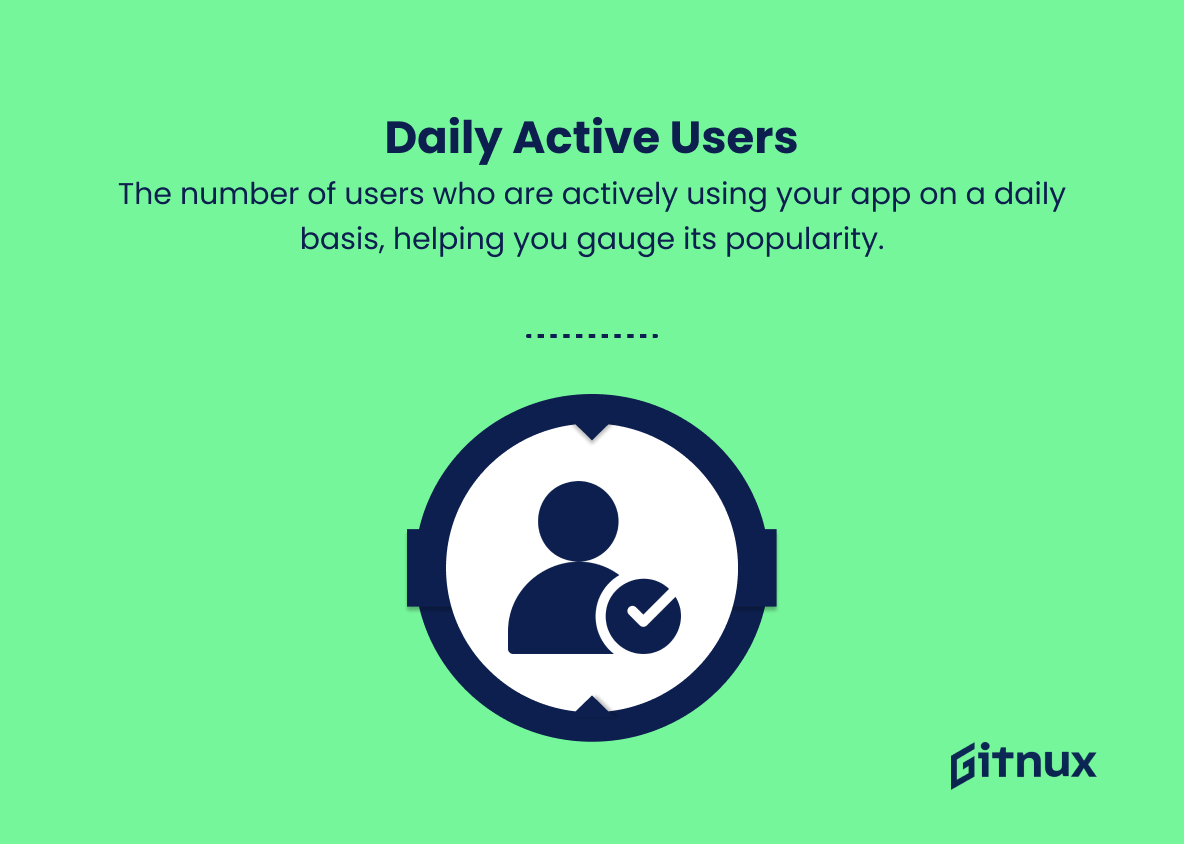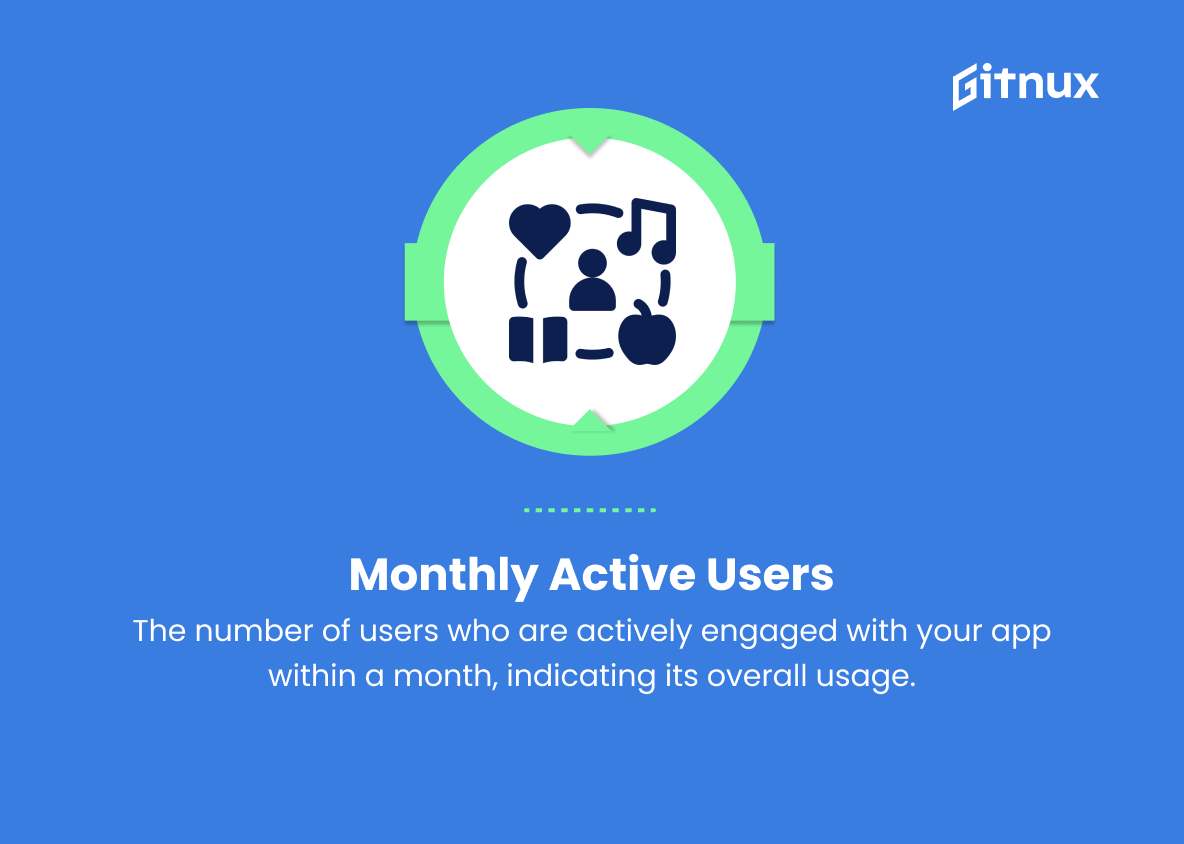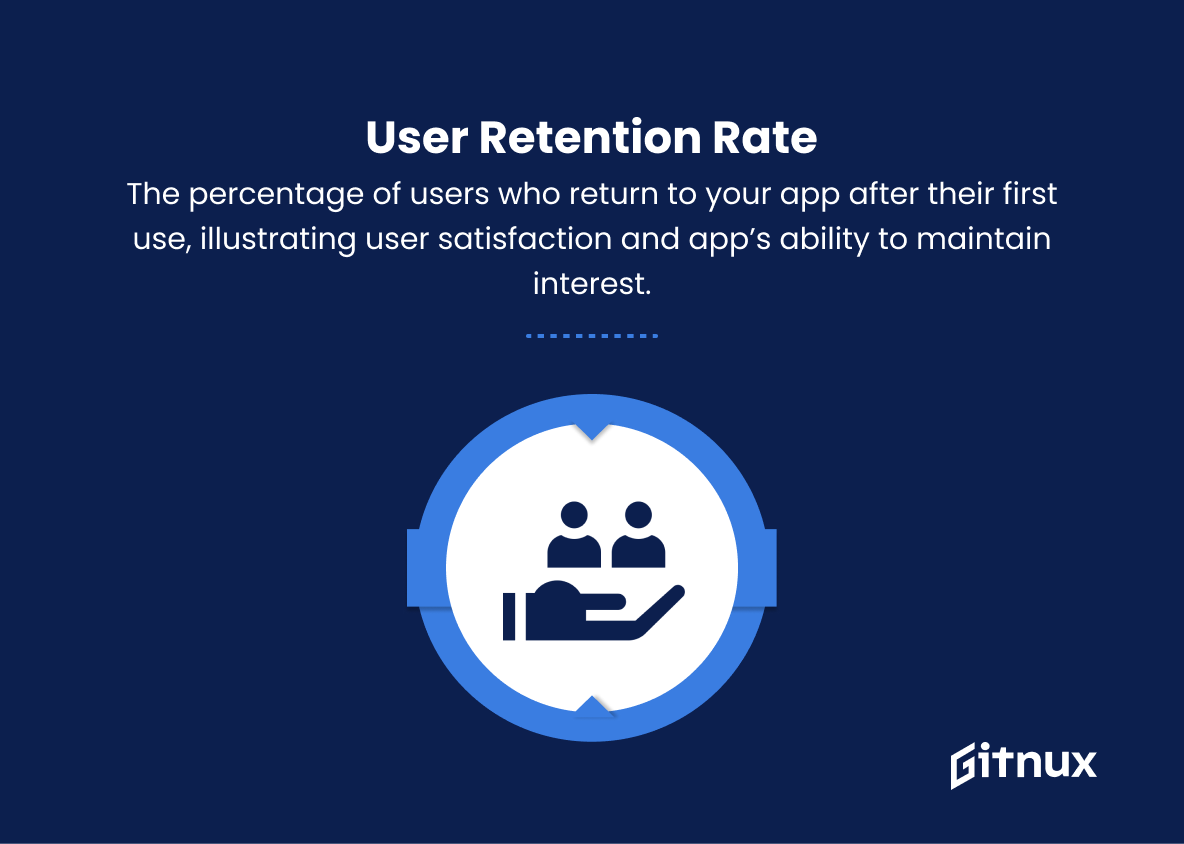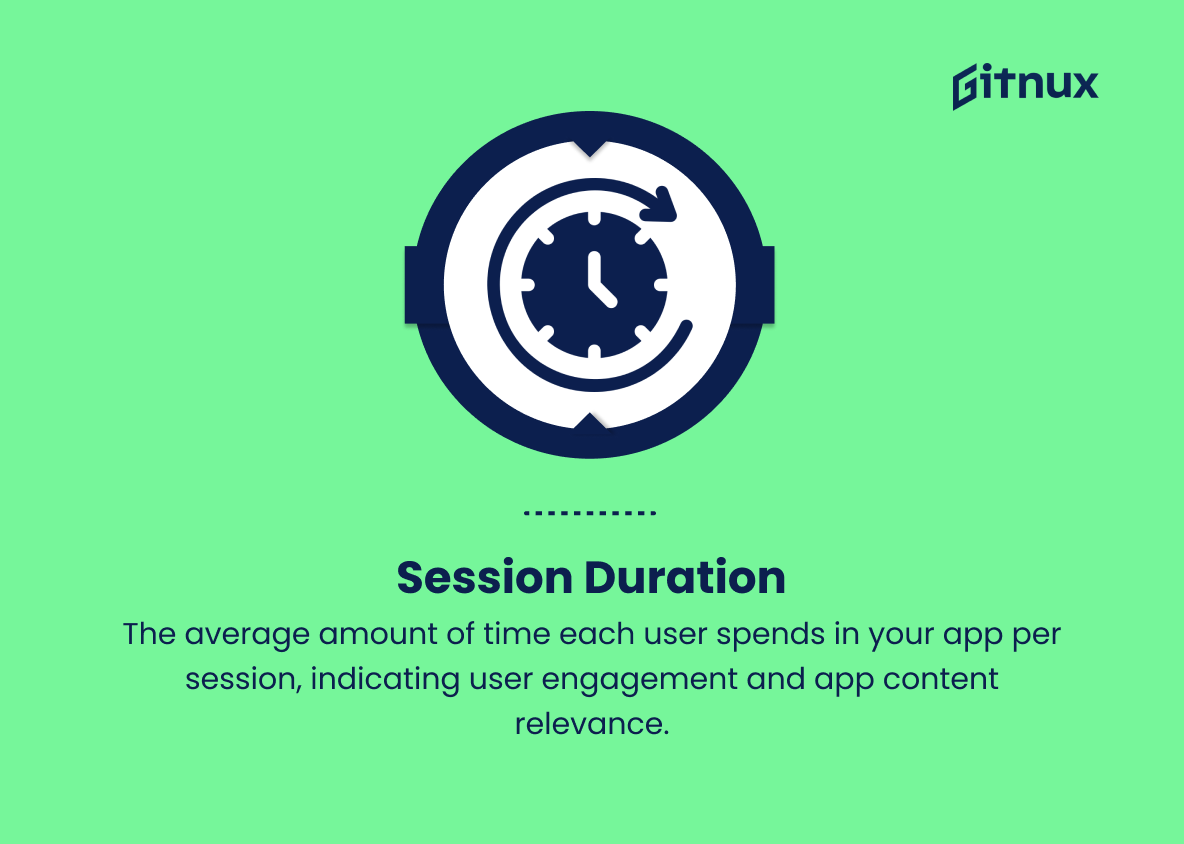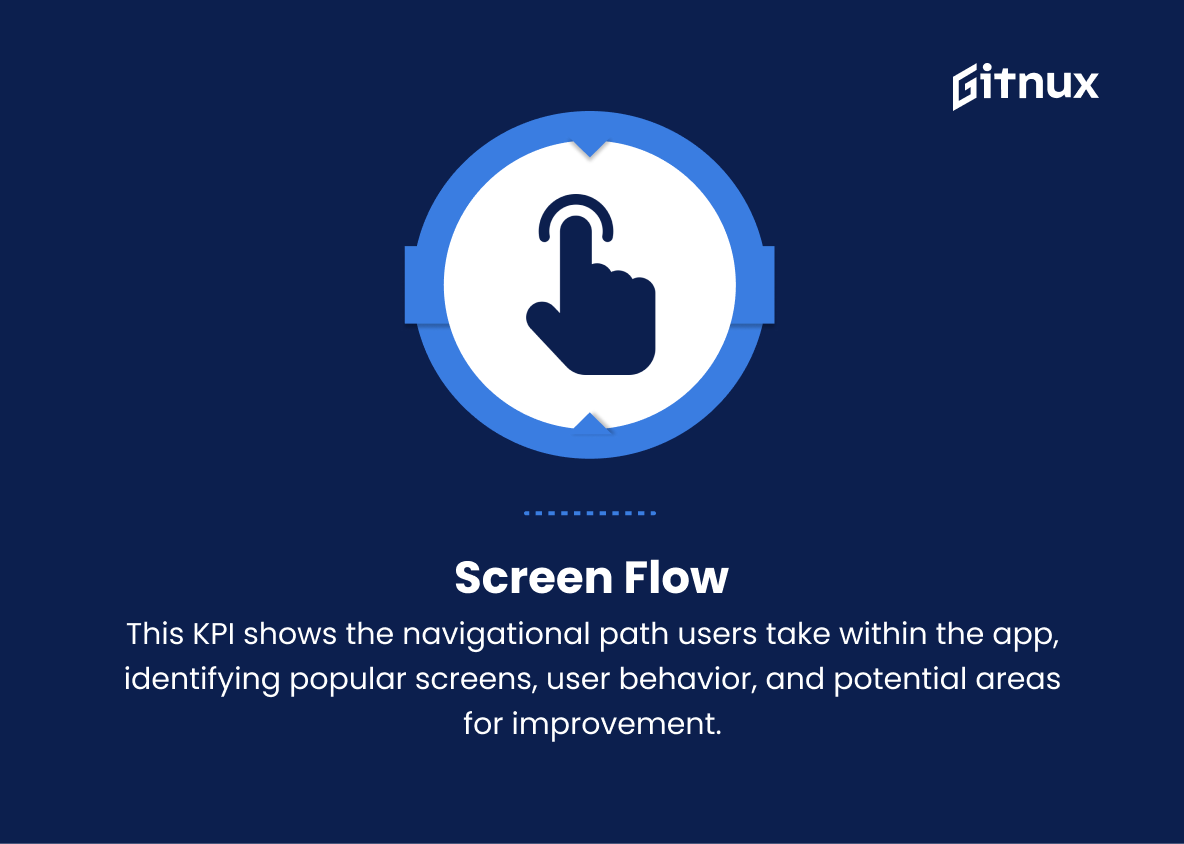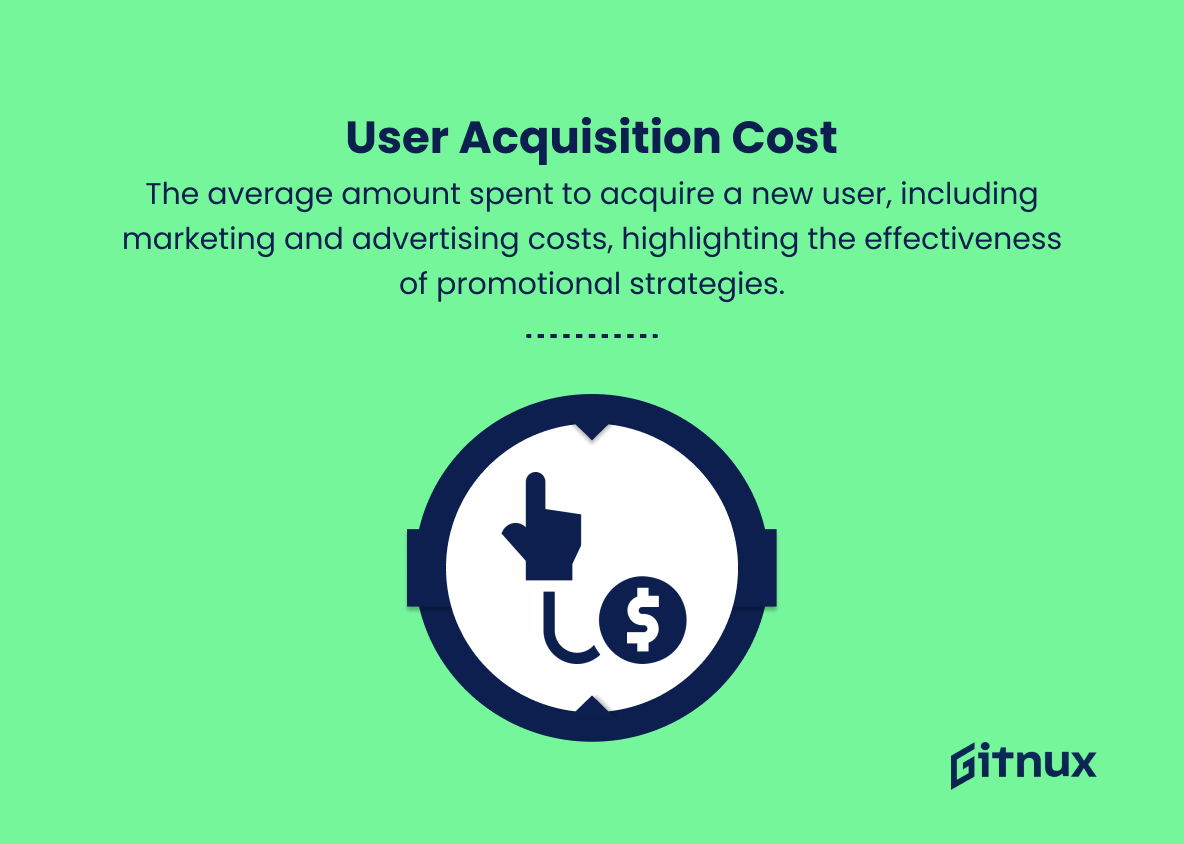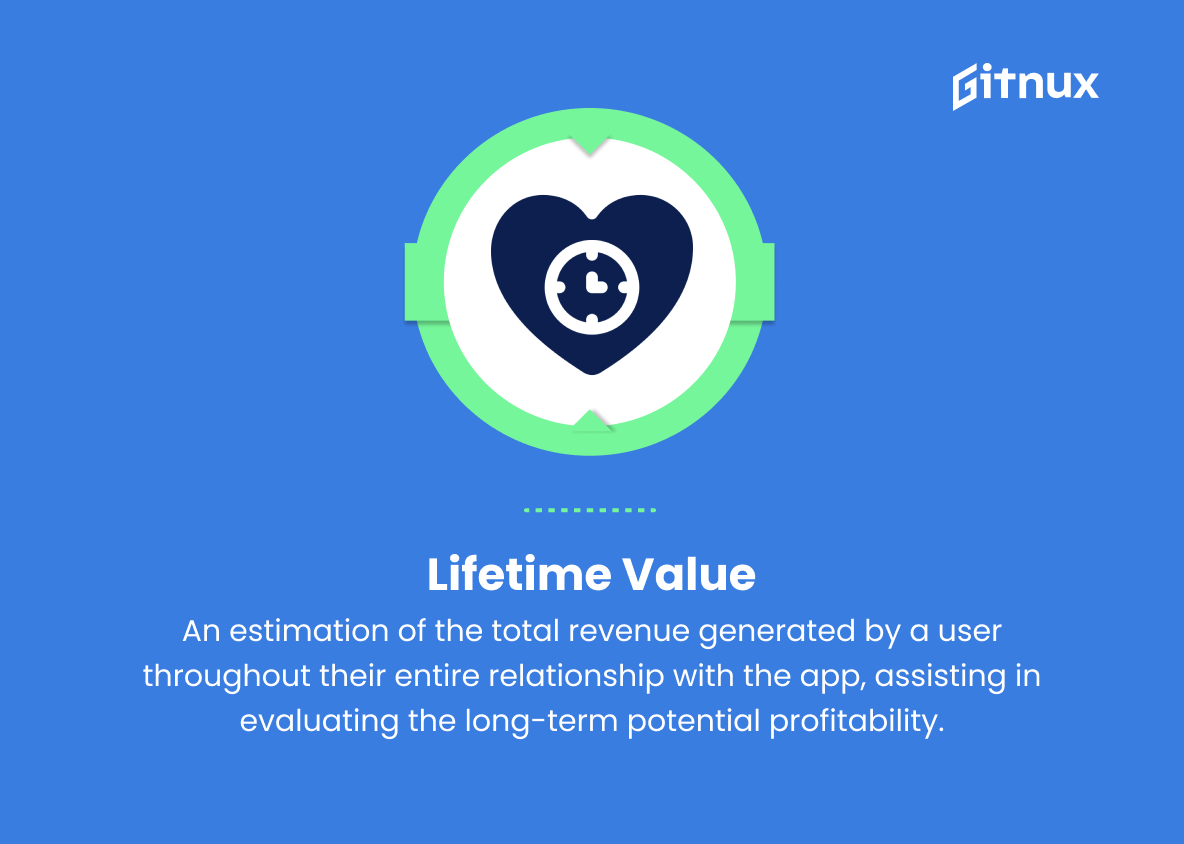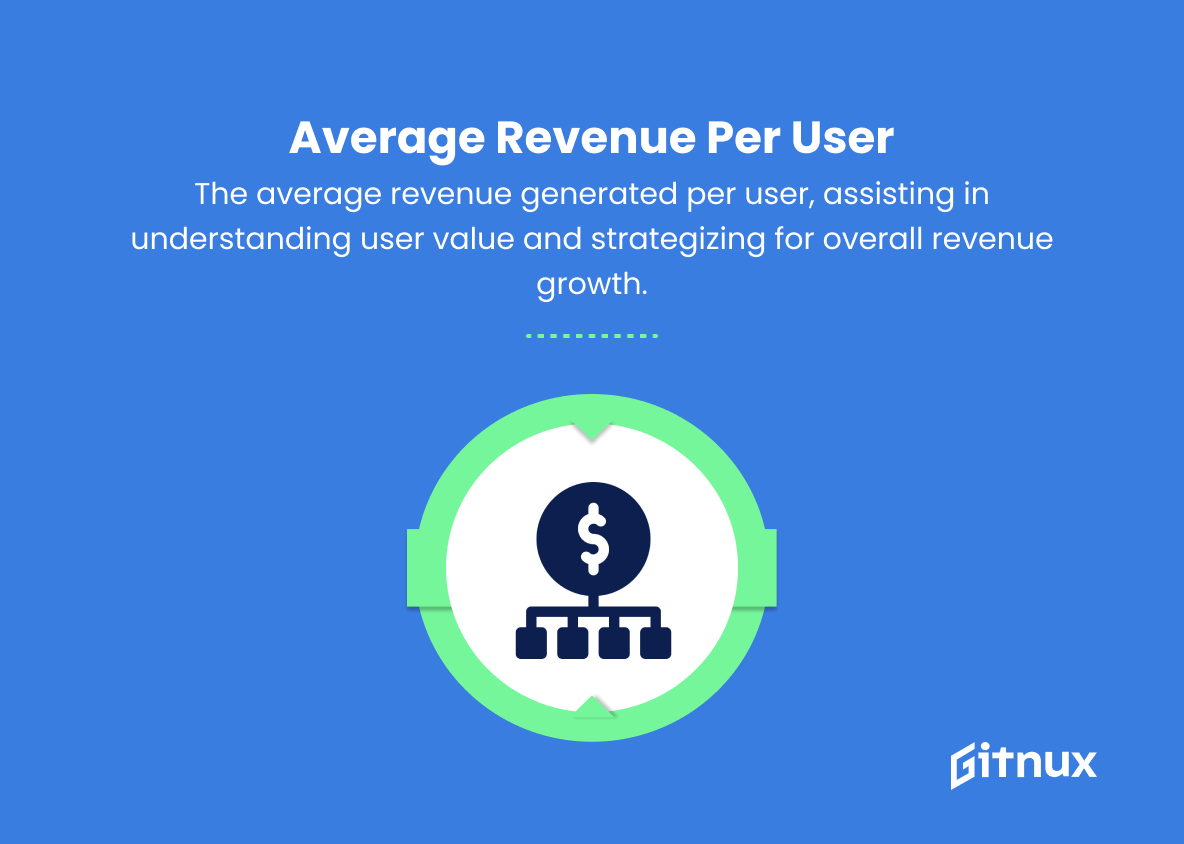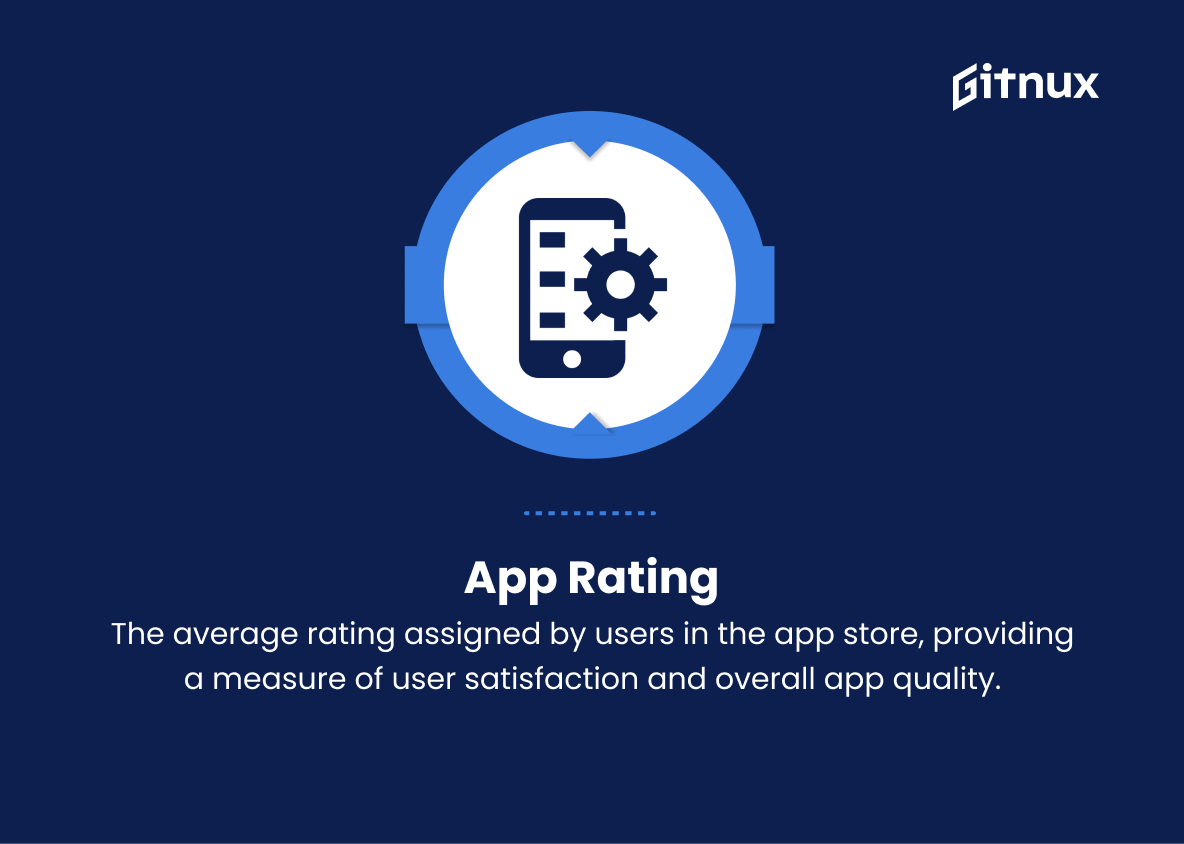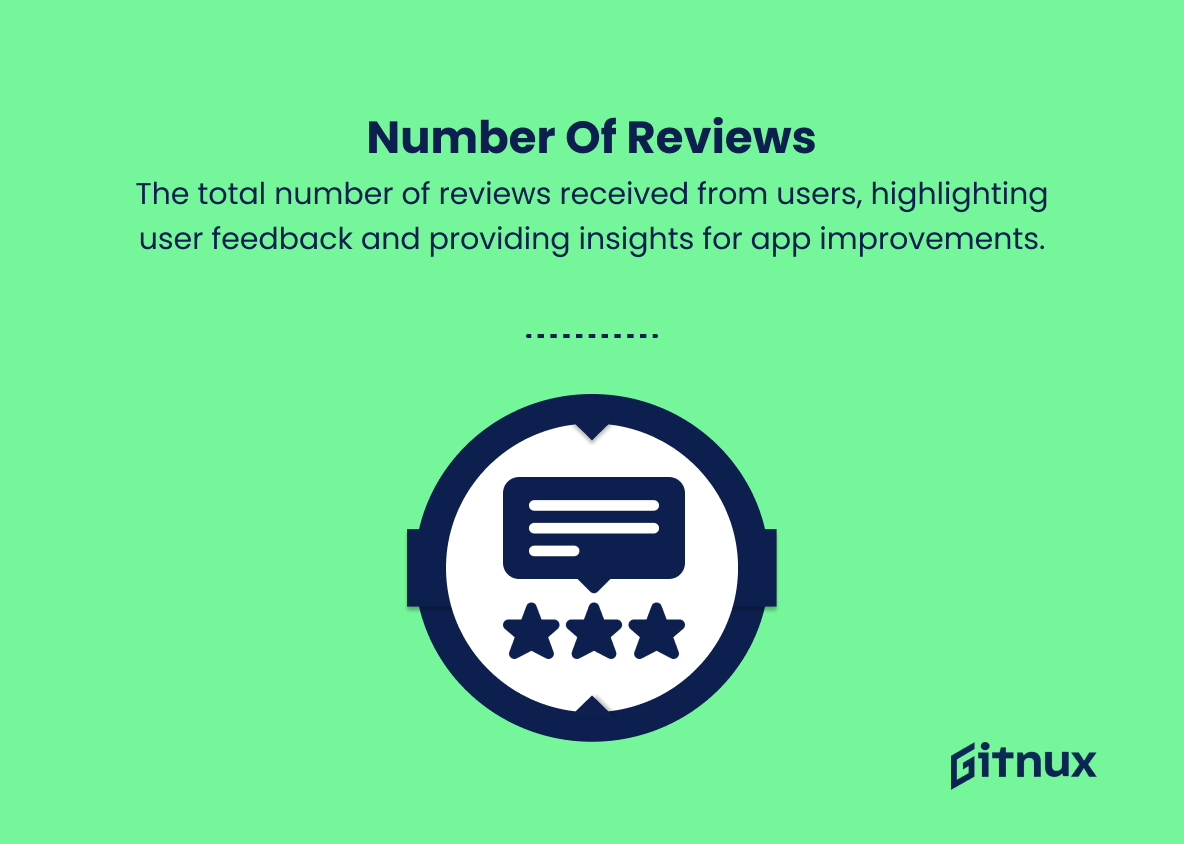In today’s data-driven world, measuring the effectiveness and success of a mobile application goes far beyond the number of downloads or user ratings. Savvy app developers and marketers are constantly looking for ways to optimize user experience, engagement, and monetization. This is where mobile app analytics KPIs (Key Performance Indicators) come into play. These critical metrics provide invaluable insight into overall app performance and help identify areas for improvement, ultimately contributing to the growth and sustainability of the application.
In this blog post, we will delve into the world of Mobile App Analytics KPIs, exploring their importance, the most critical ones to monitor, and best practices for using these insights to take your app’s performance to new heights.
Mobile App Analytics KPIs You Should Know
1. Number of Downloads
This KPI measures the total number of times your app has been downloaded from various app stores.
2. Daily Active Users (DAU)
The number of users who are actively using your app on a daily basis, helping you gauge its popularity.
3. Monthly Active Users (MAU)
The number of users who are actively engaged with your app within a month, indicating its overall usage.
In today’s data-driven world, measuring the effectiveness and success of a mobile application goes far beyond just the number of downloads or user ratings.4. User Retention Rate
The percentage of users who return to your app after their first use, illustrating user satisfaction and app’s ability to maintain interest.
5. Session Duration
The average amount of time each user spends in your app per session, indicating user engagement and app content relevance.
6. Number of Sessions per User
This KPI tracks the average number of times individual users are opening and using your app, displaying its stickiness and utility.
7. Screen Flow
This KPI shows the navigational path users take within the app, identifying popular screens, user behavior, and potential areas for improvement.
8. User Acquisition Cost
The average amount spent to acquire a new user, including marketing and advertising costs, highlighting the effectiveness of promotional strategies.
9. Lifetime Value (LTV)
An estimation of the total revenue generated by a user throughout their entire relationship with the app, assisting in evaluating the long-term potential profitability.
Mobile App Analytics KPIs are essential to understanding an app’s performance and value, providing valuable data on user behavior, app quality, and marketing efficiency.10. App Churn Rate
The percentage of users who stop using the app within a specific time frame, identifying possible issues with user satisfaction, retention, and the app’s overall appeal.
11. In-app Purchase Conversion Rate
The percentage of users who make in-app purchases, helping you evaluate the effectiveness of offers and enticements within the app.
12. Average Revenue per User (ARPU)
The average revenue generated per user, assisting in understanding user value and strategizing for overall revenue growth.
13. App Rating
The average rating assigned by users in the app store, providing a measure of user satisfaction and overall app quality.
14. Number of Reviews
The total number of reviews received from users, highlighting user feedback and providing insights for app improvements.
15. Time in App
The total amount of time users spend in your app, assisting in identifying highly engaged users and popular features.
16. Load Time
The time it takes for the app to load and become usable, influencing user satisfaction and overall app performance.
17. Crash Rate
The number of times the app crashes in relation to the number of sessions, highlighting technical issues and potential areas for improvement.
18. Usage by Device & Operating System
The distribution of app usage based on device and OS, helping to optimize the app’s performance and compatibility for users.
Mobile App Analytics KPIs Explained
Mobile App Analytics KPIs are essential to understanding an app’s performance and value, providing valuable data on user behavior, app quality, and marketing efficiency. The number of downloads and active users (DAU & MAU) provide insight into the app’s popularity, while retention rate and session data (duration and frequency) indicate user satisfaction, engagement, and stickiness.
Navigation patterns from screen flow analysis and feedback from ratings and reviews help identify areas for improvement. Monitoring acquisition cost and lifetime value (LTV) is critical to assessing the app’s profitability potential, while conversion rates and average revenue per user (ARPU) inform revenue growth strategies. App performance is also critical, with factors such as load time and crash rate affecting user experience, and usage by device and operating system helping to optimize compatibility. By examining these KPIs, developers and marketers can make informed decisions to improve their app’s success and profitability.
Conclusion
In summary, tracking the right mobile app analytics KPIs is critical to the success of any mobile application. By evaluating and optimizing user acquisition, engagement, retention, and monetization metrics, developers and marketers can make data-driven decisions that help improve the app experience and maximize ROI. It is important to set clear goals, select the most relevant KPIs for your app, and continually monitor and adjust your strategy.
By doing so, you’ll be better equipped to stay ahead of the competition, create a more engaging user experience, and ultimately achieve long-term success in the ever-evolving mobile app marketplace.
